The beginning of each season is the perfect time to inspect your vehicle and make sure you’ve taken care of routine maintenance. Most vehicle manuals include a long list of maintenance steps to take every three months. Take the time to perform these steps around the beginning of spring, and hopefully you’ll remember to repeat the steps again when each new season starts. It’s kind of like checking your smoke alarm when you change the clocks.
Every three months, you should:
 Change Engine Oil and Filter
Change Engine Oil and Filter
It’s one of the first things we learned about car ownership—change your oil every 3,000 miles. Yet sometimes we don’t make the time to follow this simple advice.
No matter which type of oil you choose—synthetic motor oil or conventional motor oil—we always recommend you follow your vehicle owner’s manual for oil grade, weight, and change intervals. Once you’ve changed your oil and oil filter, check your engine level at every fill up to extend engine life.
 Check Engine Air Filter
Check Engine Air Filter
You should check your air filter at every single oil change. You likely won’t need to change it every time, but you should always remove it and inspect it for tears, leaking, excessive water or oil, or other signs of damage. If you find excessive wear, tear, or dirt build-up, swap in a new air filter.
 Inspect Hoses and Belts
Inspect Hoses and Belts
Inspect your belts and hoses every three months or so. Pay particular attention for cracking or fraying on your V-belt or serpentine belt and also check for looseness or overall wear. You may also want to take this opportunity to look at your timing belt, although its typical lifespan is between 60,000 and 90,000 miles.
Once you are finished checking your belts, turn your attention to your vehicle’s hoses. Check for cracks, swelling, restrictions, or leaks and replace as necessary.
 Check and Maintain Tire Pressure
Check and Maintain Tire Pressure
It’s always a good idea to check your tire pressure, but you should also look at the overall condition of your tires. Air up your tires, including the spare tire, to the recommended pressure found on the tires’ sidewalls and then inspect for uneven tread or irregular wear patterns. Unusual wear could be a sign that it’s time to get new tires—or it could be a clue that your vehicle needs an alignment.
 Check Essential Fluid Levels
Check Essential Fluid Levels
In this case, your essential fluids include transmission fluid, radiator fluid/coolant, power steering fluid, and wiper fluid—all essential to the performance or safety of your vehicle.
Check your radiator fluid levels first with the engine cool. Remember, never open a hot radiator cap! If your coolant is low, add a 50/50 mix of approved antifreeze and distilled water. If it’s been longer than a year, since you’ve changed your coolant, you may want to consider taking that step now.
Inspect your power steering fluid with your car or truck warmed up. If the level is low, add the correct type of fluid specified in your owner’s manual. You may also want to inspect your power steering reservoir and plumbing for leaks if you need to top off frequently.
According to CarCare.org, you should check your transmission fluid with the vehicle running and the transmission in park. If low, add the type of automatic transmission fluid specified in your owner’s manual or on the transmission dipstick.
Spring season is rainy season in many places, so make sure your wiper fluid is topped off. Also, inspect your wiper blades and replace as necessary.
 Inspect Your Battery and Cables
Inspect Your Battery and Cables
Now’s the time to test your battery to make sure it’s in good working order—especially after the cold winter months. If it’s three years old or more, it may be time to consider a new battery. If you’re sticking with your existing battery, make sure it is securely mounted by checking the tightness of the brackets. Also, make sure all connections are tight and corrosion-free.
 Test Your Lights
Test Your Lights
Grab a friend or family member and do a quick test of all your lights—brakes, headlights, taillights, and turn signals. Have your helper move from the front of your vehicle to the back as you test each individual light. If any need to be replaced, check your fuses, and then replace fuses or bulbs as necessary.
Diagnose Check Engine Light
Has that annoying check engine light been on? There’s a good chance you’ve got an emissions or sensor problem, and you may need to have it serviced.
Items You May Need On-Hand for Three-Month Maintenance
Fluids for Top-Offs
Conventional Motor Oil
Synthetic Motor Oil
Antifreeze/Coolant
Power Steering Fluid
Transmission Fluid
Washer Fluid
Tools
Funnel
Oil Filter Wrench
Screwdriver Set
Wrench Set
Multimeter
Wire Brush
Spare Parts
Serpentine Belt
V-Belt
Light Bulbs
Fuses

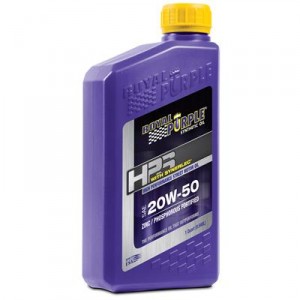
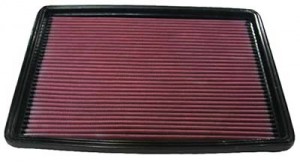
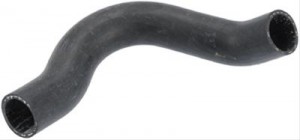
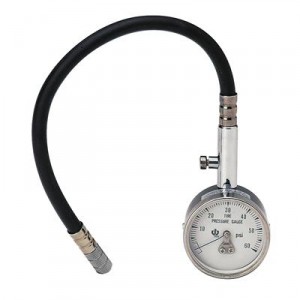
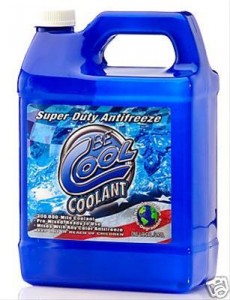
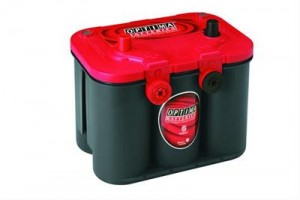
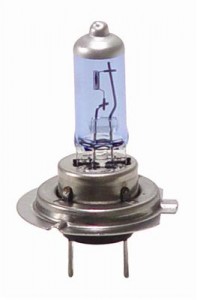
Comments